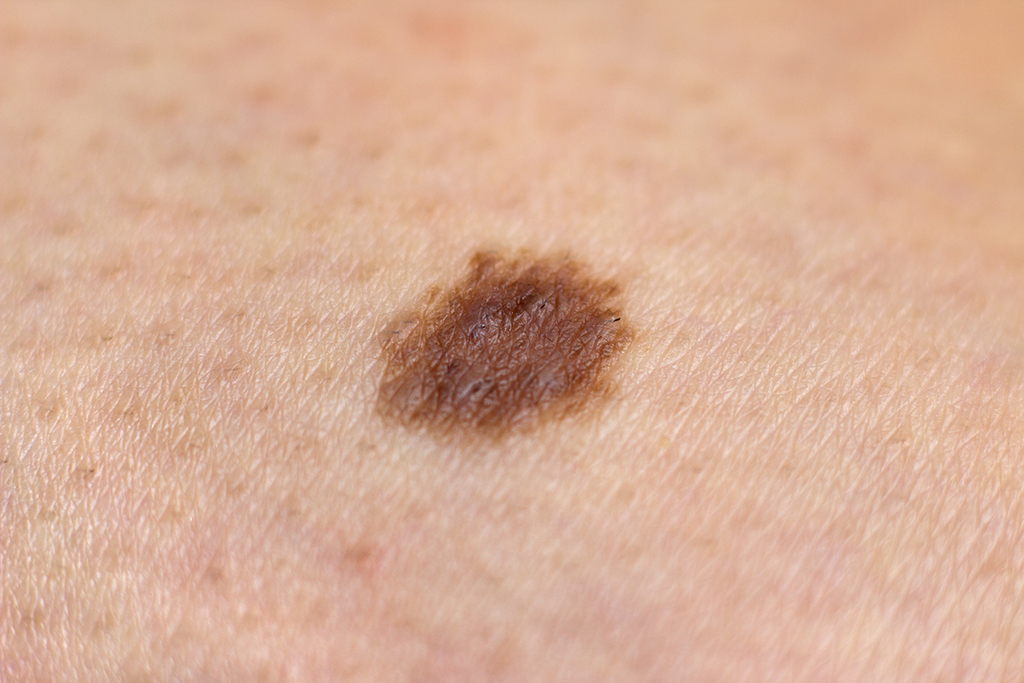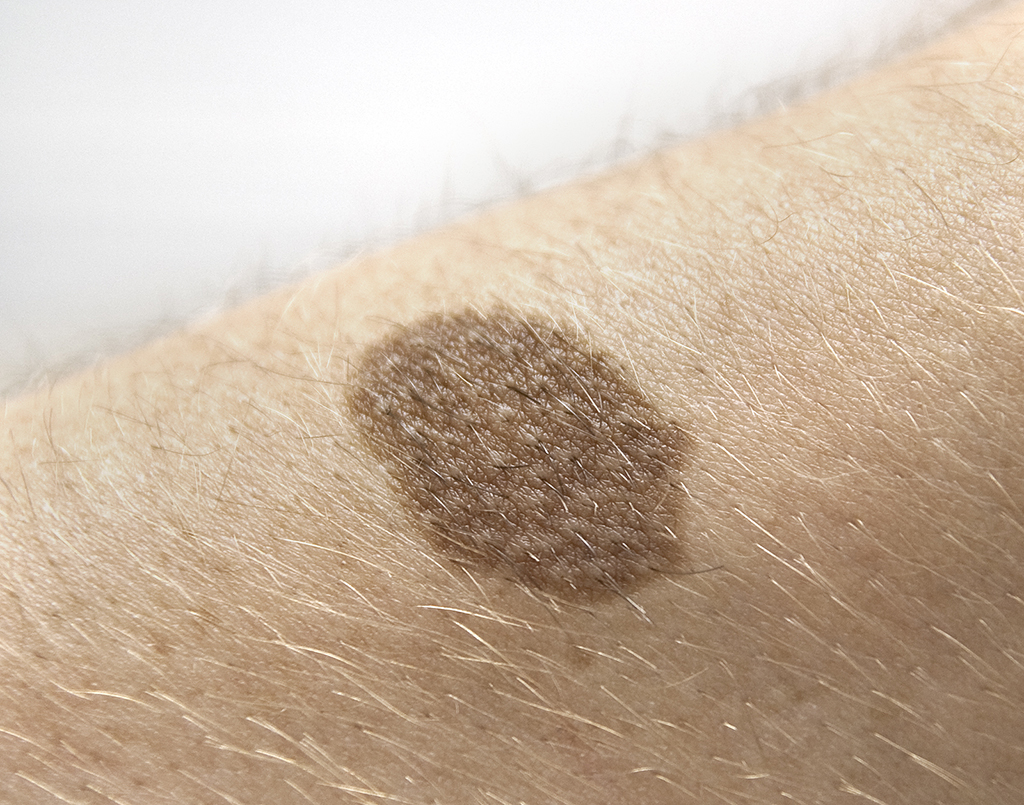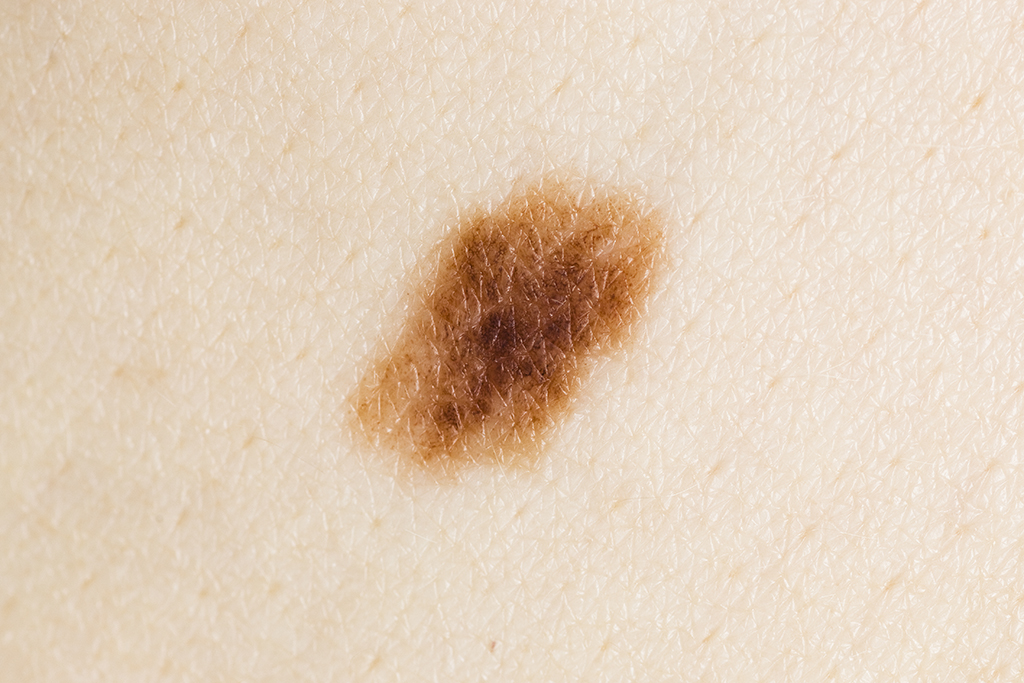Moles, Benign Lumps & Bumps
Nevi (Moles)
Moles are common. Almost every adult has at least a few moles. A person can have moles that vary in size, shape and color. They can appear anywhere on the skin, including scalp, fingers, toes, hands, feet and under nails. There is no need to be overly concerned about your moles, but it is important to be aware that:
Melanoma can grow in or near an existing mole. The first sign of a melanoma is often a change to an existing mole or a new mole on your skin. If a mole starts to grow, itch, bleed or change color, it is recommended to have it evaluated.
Atypical Nevi (Dysplastic)
This type of mole may look like a melanoma, but is not. They can appear anywhere on the body, but often appear on the trunk. Some people have numerous atypical moles. A dysplastic nevus may itself develop melanoma or indicate a markedly increased risk of melanoma at some other skin site.
Atypical moles are often:
- Larger than an eraser on the end of a pencil, but can also be smaller
- Have an odd shape
- More than one color – such as mixes of tan, brown, red or pink
Congenital Nevi (Mole)
A congenital nevus is a mole that is usually present at birth. Rare varieties of congenital moles can develop and become apparent during infancy. Congenital moles can be from small to large in size. Any congenital nevus, large or small, has the potential of developing melanoma. However, the risk of developing melanoma is directly related to the size of the mole. People with very large congenital nevi have the greatest risk of developing melanoma. Current research shows that melanoma develops in about 5% of people who have very large congenital nevi.
Moles in Children
During childhood and adolescence, moles may grow as the child grows, or may darken or lighten. This is typically not a cause for concern. Melanoma is rare in young children, but it can occur. The occurrence of melanoma in teenagers and young adults is growing and is now the second most common cancer in people 15-29 years of age.




